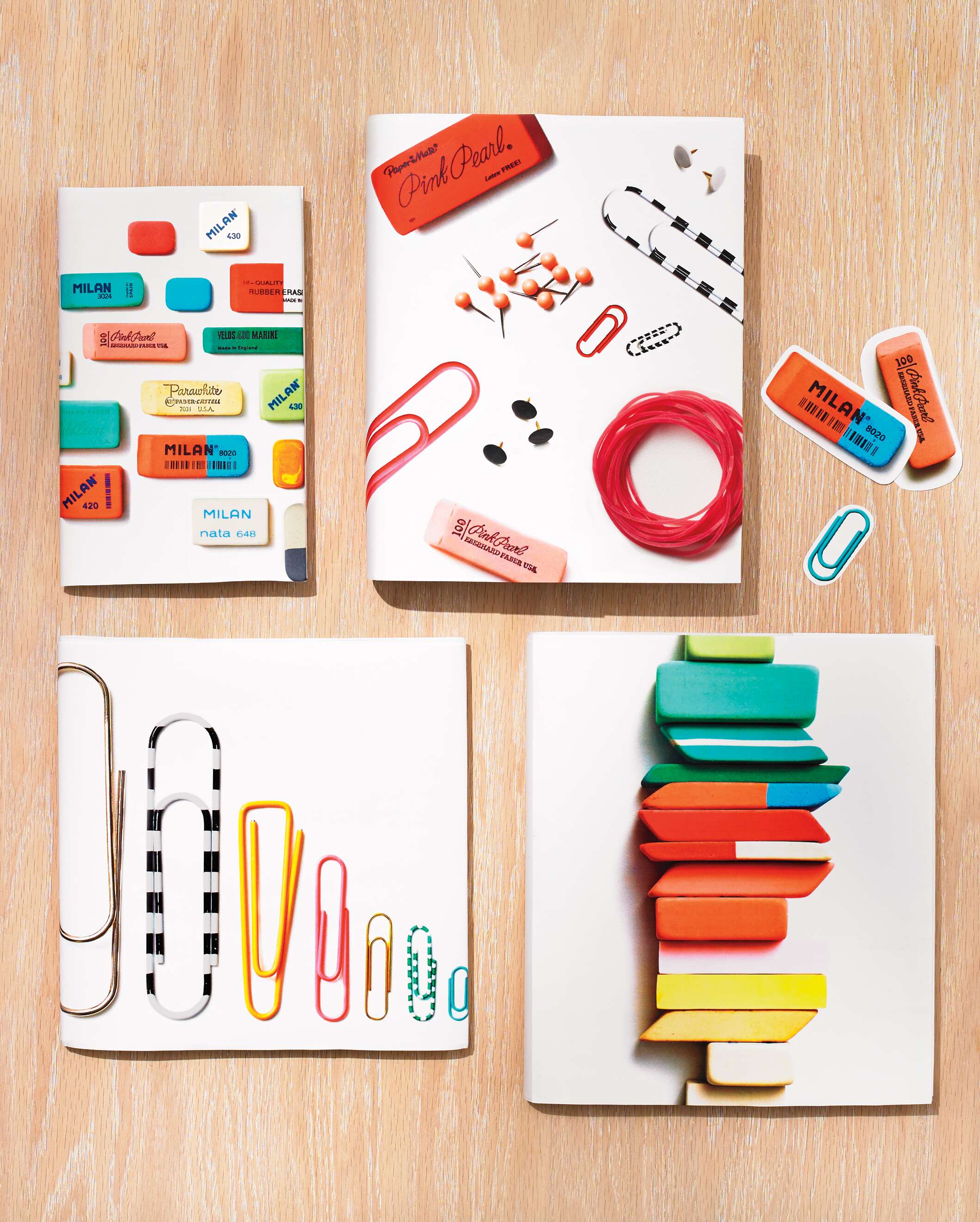If you’re wondering how to make a book with paper, you’ve come to the right place. There are several steps you need to follow to create your own masterpiece. You can begin by folding the paper multiple times in the same direction, so you have eight sections in total. Fold each section in half again along the middle crease. Then cut along that crease. Once you’ve cut each section, you can decorate it however you wish.
Staple your book sections
One quick and easy way to create a book is to staple your book sections together. All you need is a couple of sheets of paper (one sheet will make four book pages), a cover sheet, and a stapler. Fold the first piece of paper in half and place it inside the second sheet. Once the sheets are stapled together, unfold the booklet so that the folded edge is at the top. Once the staples are in place, you can now fold each section of paper into a book!
To staple your book sections together, you can use a stapler with a long staple blade. The prongs of the staple must point in the same direction and be flat against the paper. To make sure the stapler is not ripped or damaged, you should hold it down with your fingers. Then, press firmly with your stapler to apply the staple. This will prevent the pieces from tearing when you staple them.
Tape the pages of your book together
Taping the pages of your book together can be a simple, yet effective, way to make it more sturdy. The first step is to make sure the pages are evenly spaced. To do this, fold the tape over the top of the pages, leaving about a half-inch gap on both the front and back covers. Apply the adhesive to the sticky side of the tape, making sure the sticky part of the tape touches the front and back cover edges. Then, fold the duct tape over the front and back page sections, leaving about 1/2-inch of overlap on each. Then, fold the duct tape down so that the glue stays in place. After that, fold the book covers down, leaving an overhang on both sides.
After this step, you can use binding repair tape to fix loose pages or entire blocks. This repair tape can also be used to repair the spine of a book, and it can also be used to repair loose pages. For this purpose, you need to use single stitch binder tape, which is readily available at large craft stores. Make sure to use a tape that is wide enough to form a solid replacement for the broken hinge.
Design a dust jacket
There are many ways to design a dust jacket for a book, but there are also some rules to follow. Firstly, you should know the proper measurements of the front panel and back panel. They should be the same size as the pages of the book plus a quarter-inch. Then, you need to cut the pieces of coloured paper to these measurements. The width and length will vary, depending on the colour you are using. Make sure to tape them one below the other, so that the colours match.
The blurb that you will include on the dust jacket should be captivating and evoke the right feelings for your reader. If you want to draw attention to the book, use a compelling quote from it. Alternatively, you can place the author’s name or brand logo on the front panel. The back panel is equally important and carries the same functions as the front panel. After all, the front panel is the face of the book, while the back panel is its shell.
Design a children’s book
One of the first things you must do is to format your illustrations. The layout and text of your book should be simple and easy to read. You can use any type of media to create the illustrations and layouts. When designing the cover of a children’s book, you can use an elaborate or minimal design to draw attention to the main theme. When assembling your book, you should also pay close attention to the font size and placement of your text to make sure everything falls within the safe space of the cover.
A simple tip to remember when designing a children’s book is to break the manuscript into key story scenes. This way, you can focus on the shifts in the story instead of the page count. If your manuscript has multiple scenes, you can add extra space between them. This will help your children’s book be as effective as possible. A good tip when designing a children’s book is to consider the paper size. A children’s book should be a multiple of eight or twelve pages. Non-multiple page counts tend to be more expensive to produce, because printers have to manually insert the pages.
Design a hardcover book
Designed books are more than just covers. They can be very useful in many ways, including in the world of business. There are some basic things to consider when designing a hardcover book, from the size to the type of paper. Here are some tips for creating a beautiful and functional book cover. Before beginning a design project, consider the size of your book and the style it will have. If you plan on using a traditional cover design, a paperback book is a good option.
Before printing your book cover, make sure to design it according to its size. To make the size of the spine more appropriate, you have to take into account the number of pages inside. You also have to leave a space of three millimeters for the shoulders of the book. This will allow for the folds of the front and back covers. A jacket with a 26-mm spine will have a 6-mm shoulder.

